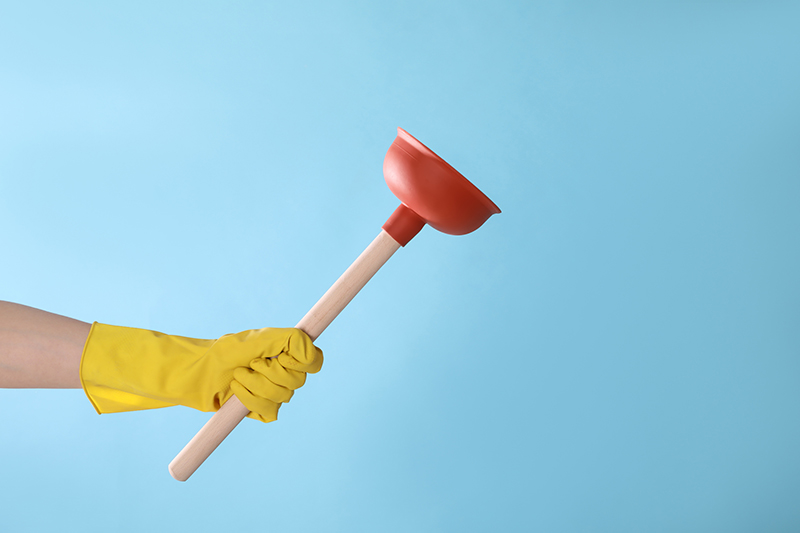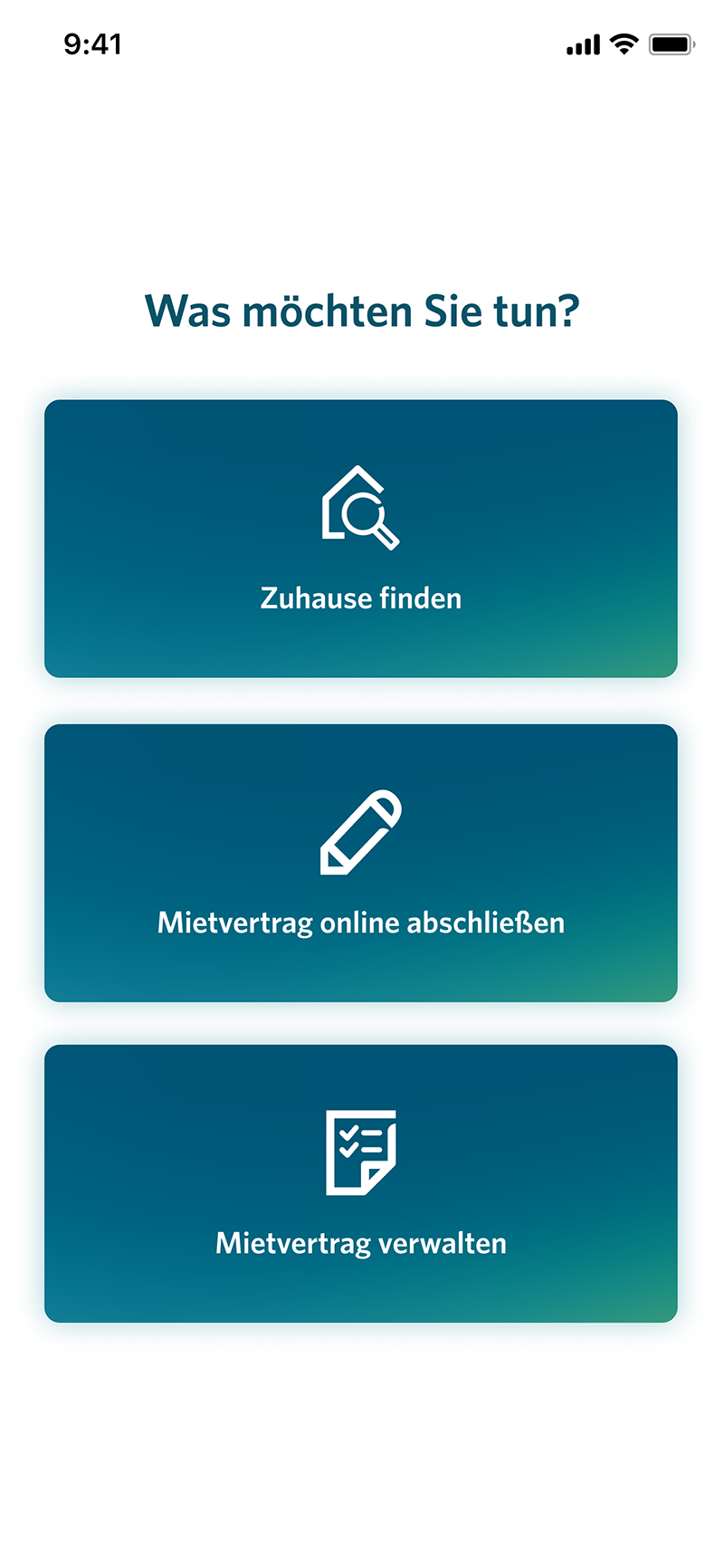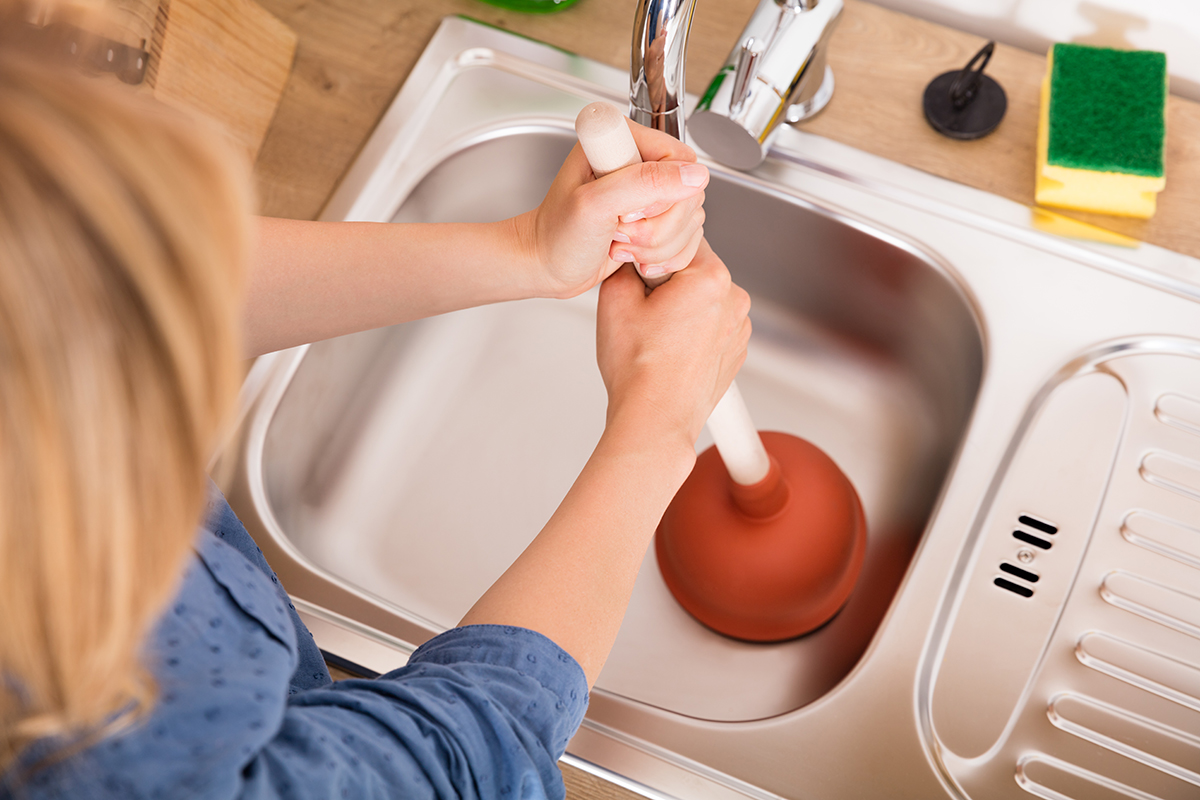Drains usually become blocked because people put things in them that they shouldn’t. For example, only number ones and twos, cellulose-based toilet paper and, of course, water should go in the toilet. Only soap and water can be put down the kitchen sink, bathroom and shower drains.
However, sometimes, despite our best efforts, pipes get blocked. Soap deposits from washing-up liquid, for example, can cause blockages after five to ten years. And hair is bound to get in the shower and sink. So what should you do if the drain gets blocked?

Toilet: Unblocking it with a Plunger
If the water in the toilet is no longer draining away, a regular plunger will help to clear the blockage. Place the plunger over the drain and move it up and down vigorously. The pressure and suction this creates usually loosens the blockage. You should not use chemical products in the toilet as they can damage the pipes and are also harmful to the environment.
If the plunger is not helping, you should seek help from a professional. This always applies to all types of drain.
Foto: Olga Yastremska / Getty Images
Shower: Take Precautions and use Simple Household Remedies
Hair and soap residue that can block the drain often collects in the shower. A strainer that is cleaned regularly helps to prevent blockages. To loosen deposits and improve water flow, you can make a long-lasting cleaner using simple ingredients you can find around your home.
Here’s how to do it:
- Mix together 40 ml of vinegar essence or 1.5 teaspoons of citric acid with 200 ml of water and set aside.
- Then pour one liter of boiling water down the drain, followed by 60 g of sodium bicarbonate. After this, quickly pour in the vinegar or citric acid mixture.
- Put the plug back in place and wait for about ten minutes. The mixture fizzes up when it comes into contact with the baking soda, loosening the blockage.
- After about ten minutes, remove the plug and pour one to two liters of boiling water down the drain.
Liquid pipe cleaner can also be used in showers and bathroom sinks in exceptional cases. It is better to avoid products that come in granules, as these can corrode the pipes. However, use pipe unblocking products sparingly and only as per the instructions on the packet.

Bathroom Sink: the Siphon is Key
Bathroom sinks often get blocked by dirt, toothpaste residue and hair. If you feel confident doing so, you can unscrew and clean the siphon (the U-shaped pipe under the sink). Place a bucket underneath before unscrewing the siphon to catch the water that’s left inside it. Clean the siphon thoroughly, then put it back in place. This is often an effective way to remove stubborn blockages without using chemicals. If you can’t manage it on your own or are unsure, it is better to seek help from a professional.
Kitchen Sink: Effectively Removing Grease and Food Particles
Grease and food particles often cause kitchen sinks to become blocked. In addition, the dishwasher and washing machine are often connected to the drain. Washing-up liquid residue builds up in the pipes. To keep the pipe clear, do not pour large quantities of oil or grease down the drain. A removable strainer also traps small food particles and can be easily cleaned. The same cleaning tips apply here as for the other types of drain. In the kitchen in particular, however, it can also help to simply run the water for a little longer sometimes to wash away any soap residue.

